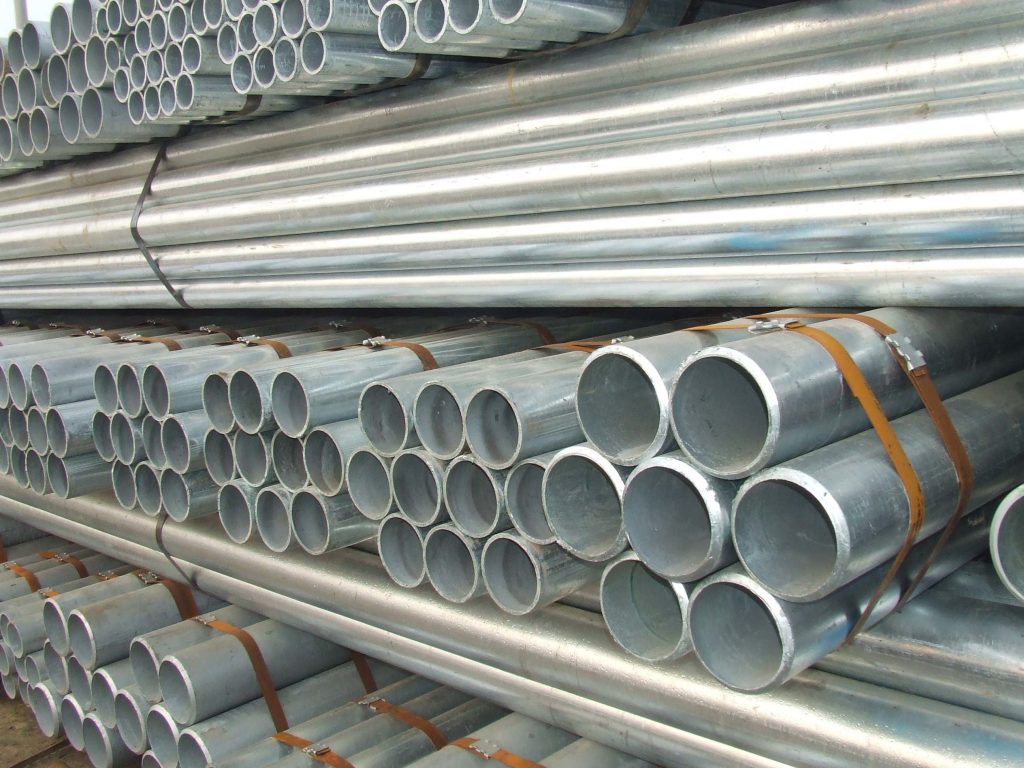
Galvanized steel pipes can be welded, but the galvanized layer at the weld must be polished off, otherwise, air bubbles, trachoma, false welding, etc. will occur. It will also make the weld brittle and reduce rigidity.
Welding characteristics of galvanized steel pipe:
Galvanized steel pipes are generally coated with a layer of zinc on the outside of low-carbon steel, and the thickness of the galvanized layer is generally 20um. Zinc has a melting point of 419°C and a boiling point of around 908°C. During welding, zinc melts into a liquid that floats on the surface of the molten pool or at the root of the weld. Zinc has a large solid solubility in iron, and zinc liquid will erode the weld metal deeply along the grain boundary, and zinc with a low melting point will form "liquid metal embrittlement". At the same time, zinc and iron can form intermetallic brittle compounds, and these brittle phases reduce the plasticity of the weld metal and cause cracks under the action of tensile stress. If the fillet welds are welded, especially the fillet welds of T-shaped joints, penetrating cracks are prone to occur. When the galvanized steel pipe is welded, the zinc layer on the groove surface and the edge will be oxidized, melted, and evaporated and white smoke and steam will be volatilized under the action of arc heat, which will easily cause weld pores.

The ZnO formed due to oxidation has a high melting point, above about 1800°C. If the parameters are too small during the welding process, it will cause ZnO slag inclusion, and at the same time. Since Zn becomes a deoxidizer. Produce FeO-MnO or FeO-MnO-SiO2 low melting point oxide slag. Secondly, due to the evaporation of zinc, a large amount of white smoke is volatilized, which is irritating and harmful to the human body. Therefore, the galvanized layer at the welding point must be polished and disposed of.
Welding process control:
The pre-welding preparation of galvanized steel pipes is the same as that of ordinary low-carbon steel. It should be noted that the groove size and the nearby galvanized layer should be carefully handled. For penetration, the groove size should be appropriate, generally, 60~65° and a certain gap should be left, generally 1.5~2.5mm; in order to reduce the penetration of zinc into the weld, the galvanized groove in the groove can Solder after the layer is removed. In the actual supervision work, centralized beveling, no blunt edge process is adopted for centralized control, and the two-layer welding process reduces the possibility of incomplete penetration.
Welding method: When welding the first layer of weld seam in multi-layer welding, try to melt the zinc layer and make it vaporize, evaporate and escape the weld seam, which can greatly reduce the liquid zinc remaining in the weld seam.